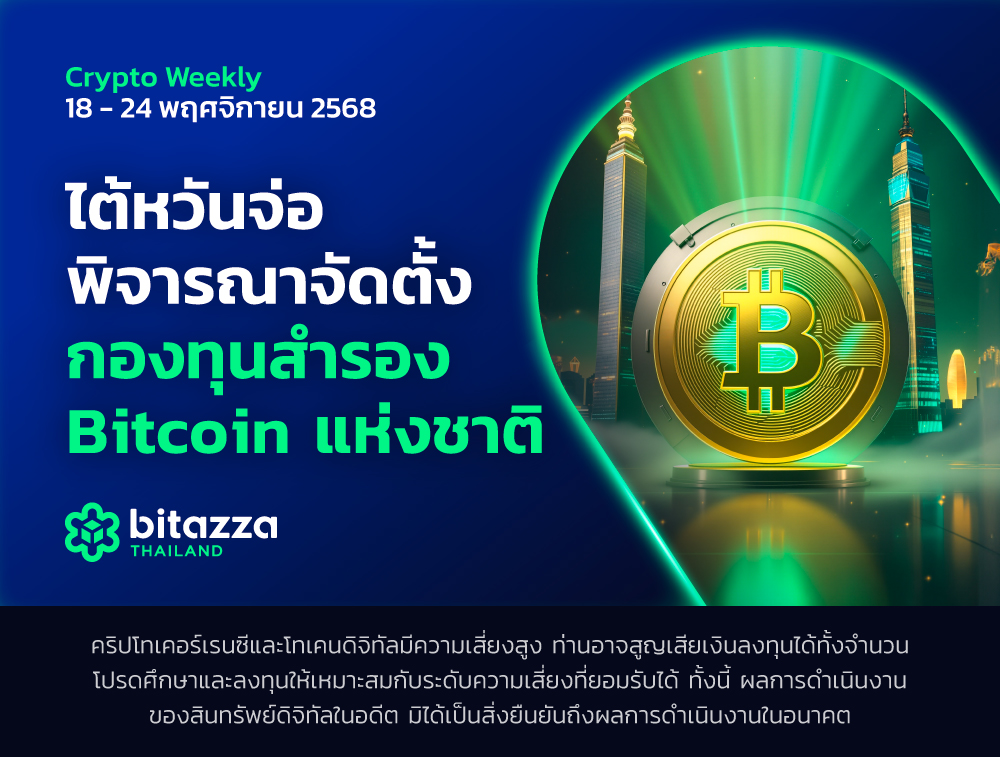Share this
What is XRP? Get to Know the Cryptocurrency That Revolutionized Cross-Border Payments
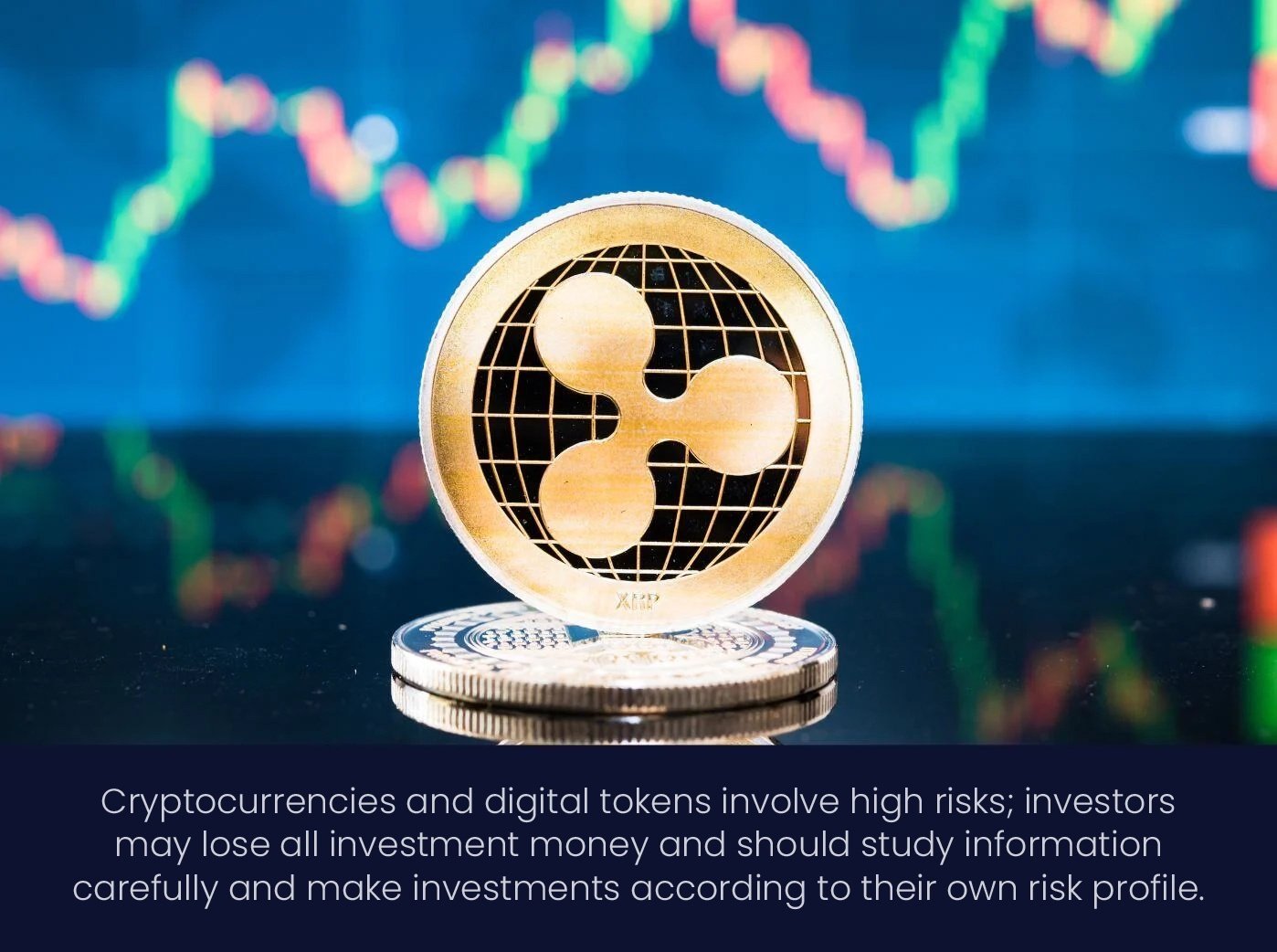
In the world of cryptocurrency, XRP is one of the most widely recognized digital assets. But it’s more than just a cryptocurrency—it’s a key part of a technology that’s transforming cross-border payments, streamlining transactions beyond traditional financial systems.
Let’s take a closer look at XRP: its use cases, market potential, and what investors need to know in 2025.
What is XRP?
XRP is a digital currency developed in 2012 by Ripple Labs to power RippleNet, a network designed to make cross-border transactions faster and more cost-effective.
Traditional international money transfers are slow and expensive, often taking 3–5 business days and involving multiple intermediaries. XRP solves this problem by enabling near-instant transactions—settling payments in just 4–5 seconds at a fraction of the cost.
Today, XRP is a major player in the digital asset ecosystem, widely used by financial institutions to enhance payment efficiency.
The Technology Behind XRP
At the heart of XRP’s efficiency is the XRP Ledger (XRPL)—a decentralized, open-source blockchain built specifically for fast and secure transactions. Unlike traditional blockchains that rely on energy-intensive mining, XRP Ledger uses a Federated Consensus mechanism, which:
- Processes transactions in 3–5 seconds
- Supports up to 1,500 transactions per second (TPS)
- Provides energy efficiency with minimal environmental impact
- Offers strong cybersecurity protections
This innovative approach makes XRP a powerful tool for cross-border payments and global financial infrastructure.
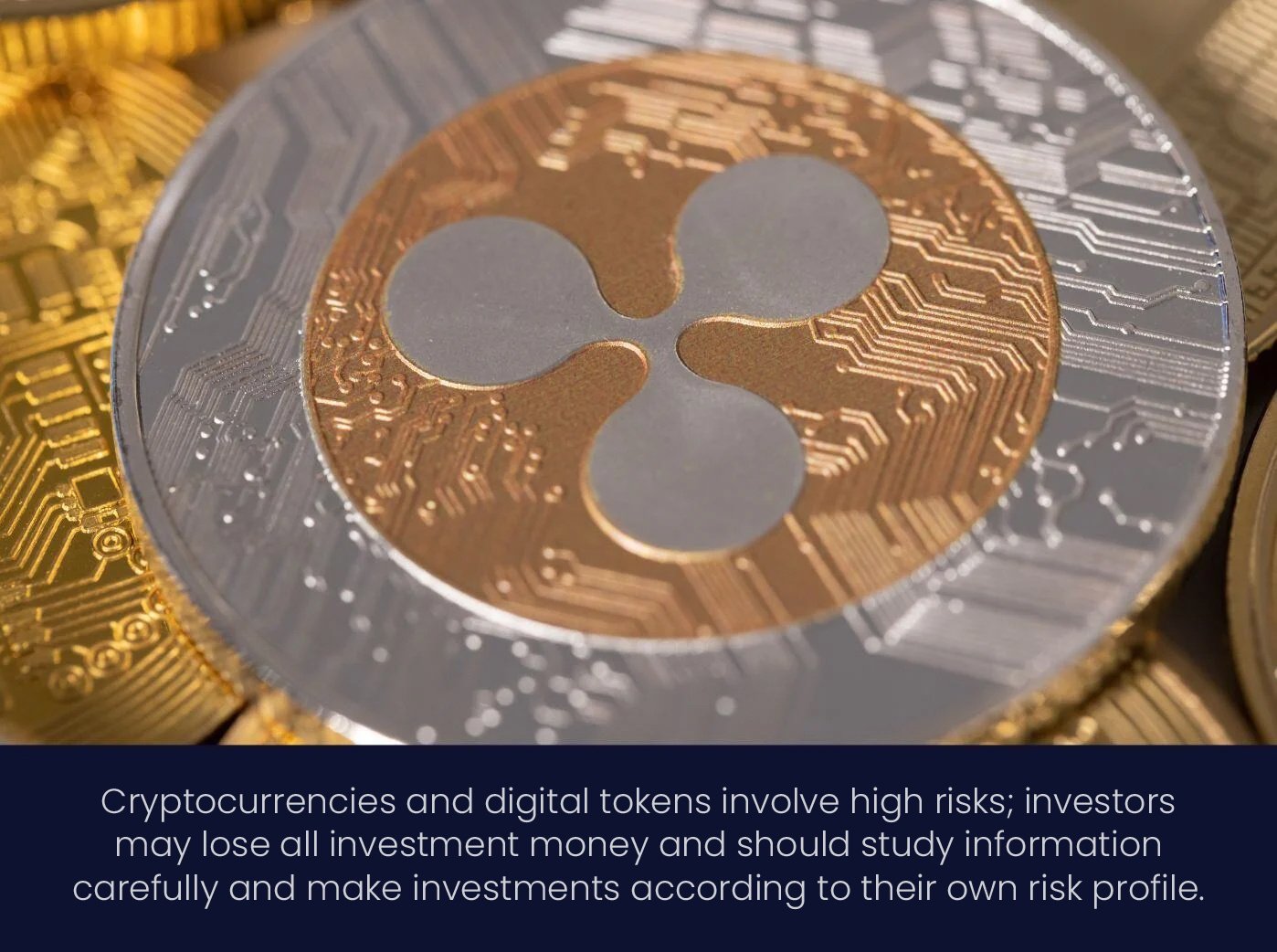
XRP’s All-Time High Price
XRP hit its all-time high of $3.84 in January 2018, fueled by a crypto market boom and growing adoption. However, like most cryptocurrencies, XRP’s price has gone through cycles of volatility.
One major challenge was the SEC lawsuit in late 2020, in which Ripple was accused of selling unregistered securities. This legal battle significantly impacted XRP’s price movements and market confidence.
How XRP is Use
1. International Money Transfers
XRP acts as a bridge currency, allowing banks and financial institutions to move funds efficiently across borders, replacing traditional SWIFT-based systems.
2. Currency Exchange
Instead of converting Thai Baht to USD and then USD to Euros, XRP can serve as an intermediary, allowing direct currency swaps—reducing both time and costs.
3. International Payments
XRP enables fast, low-cost transactions for goods and services, offering an alternative to credit card and bank transfer fees.
Advantages and Disadvantages of XRP
Advantages:
1. Speed of Transactions: XRP offers high liquidity and efficiency, with the Ripple network supporting up to 1,500 transactions per second, with each transaction taking less than 5 seconds.2. Low Fees: XRP reduces the need for intermediaries, such as banks, in cross-border transactions, allowing users to send money internationally with fees under $0.01.
3. Strong Business Partnerships: XRP has over 100 major financial institutions as partners, enhancing its trust and adoption, including companies like Bank of America, Santander, MUFG, and AMEX.
Disadvantages:
1. Centralization: Ripple operates in a more centralized manner compared to decentralized systems. Approximately 60% of XRP is controlled by private companies, which contrasts with fully decentralized systems.
2. Legal Issues: The ongoing legal battle with the U.S. SEC has cast uncertainty on XRP’s future, with the case dragging on for over 4 years.
3. Competition in the Crypto Market: With fierce competition from major cryptocurrencies like Bitcoin, BNB, and Ethereum, XRP faces challenges to its long-term growth potential.
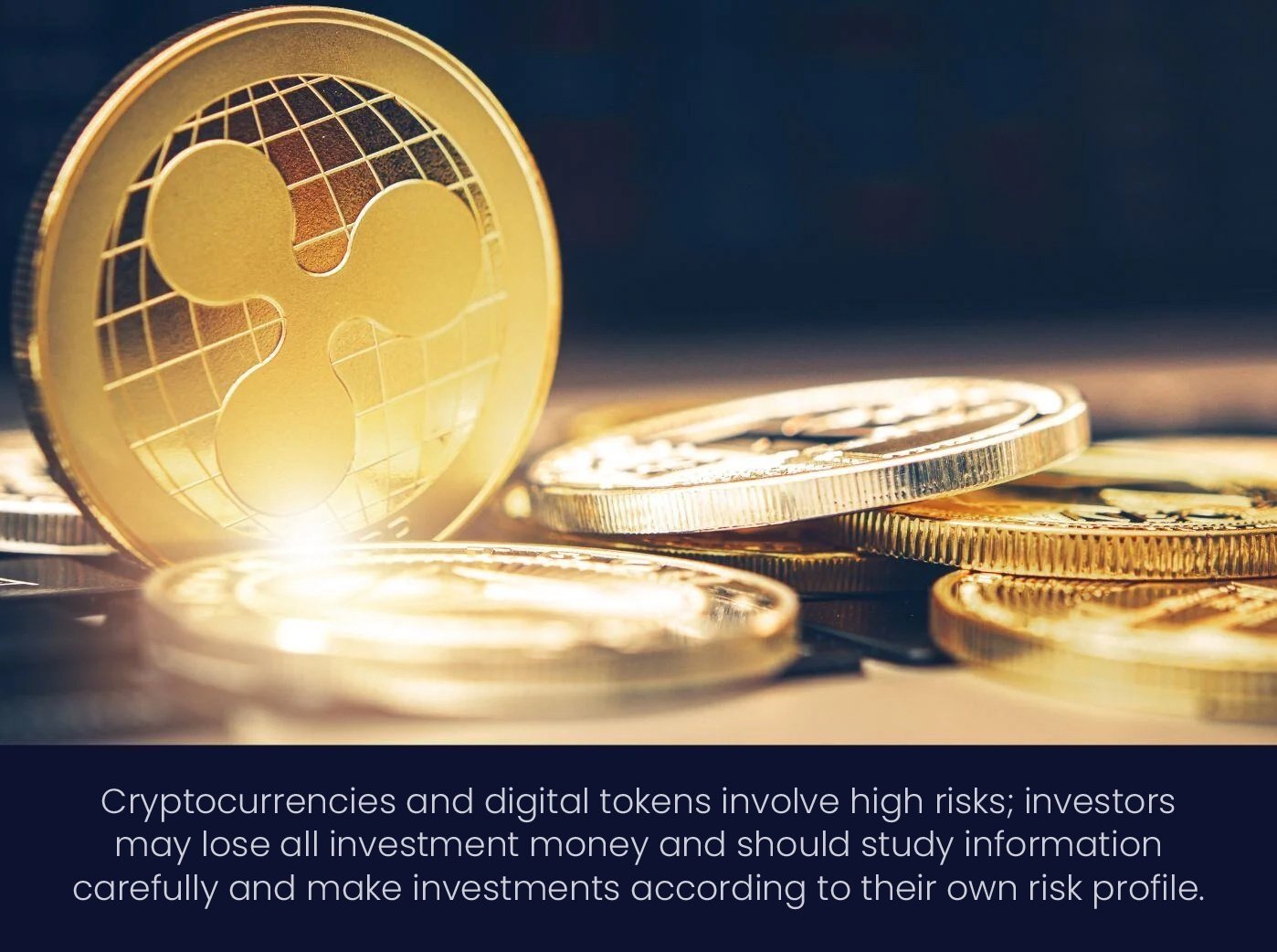
Is XRP a Good Investment?
Some market analysts predict XRP could reach $4.02 by 2030, driven by increased adoption in the financial sector. Despite past price drops, XRP’s trading volume surged by 265%, signaling strong investor interest.
Unlike many cryptocurrencies that faded away, XRP has been in the market for over 12 years, proving its resilience. However, with intense competition and regulatory uncertainties, potential investors should weigh the risks carefully.
Latest XRP News
On January 15, 2025, XRP’s price surged to a 7-year high, signaling renewed investor interest and a potential upward trend. Market analysts have linked the rise to the outcome of the U.S. presidential election, with reports from Forbes noting that newly elected President Donald Trump views XRP as both a widely used cryptocurrency and a potential strategic reserve asset, citing its efficiency in handling cross-border payments with minimal fees.
Following his victory, on January 17, Trump publicly stated that cryptocurrency would be a “National Priority” under his administration. This announcement has added to the growing optimism surrounding pro-crypto policy developments and the potential impact on XRP’s future adoption and regulation.
How to Buy and Sell XRP
You can trade XRP on Bitazza Thailand by following these steps:
- Register on the Bitazza Thailand platform and verify your identity
- Deposit Thai Baht into your Bitazza Thailand account
- Buy XRP, starting from a minimum of 350 Baht per transaction
- Sell XRP anytime through the trading platform
With low transaction fees and fast processing speeds, XRP remains a compelling option for those looking to invest in cross-border payment solutions.
However, as with all cryptocurrencies, investing in XRP carries market risks. Always conduct thorough research and assess your risk tolerance before making investment decisions.
Disclaimers
- Cryptocurrencies and digital tokens are highly risky; investors may lose all investment money. It is important to study information carefully and invest based on your own risk profile.
- Past returns or performance of digital assets do not guarantee future returns or performance.
Remark: The views, information, knowledge, and opinions expressed herein are those of the individuals involved and do not represent the views of Bitazza or its employees. Neither this email nor the content presented constitutes investment advice.
References
Share this
- December 2025 (3)
- November 2025 (5)
- October 2025 (13)
- September 2025 (9)
- August 2025 (12)
- July 2025 (19)
- June 2025 (11)
- May 2025 (11)
- April 2025 (15)
- March 2025 (11)
- February 2025 (15)
- January 2025 (9)
- December 2024 (10)
- November 2024 (8)
- October 2024 (9)
- September 2024 (7)
- August 2024 (16)
- July 2024 (3)
- June 2024 (46)
Subscribe by email
.jpg)
Share Your Reasons for Choosing Bitazza Thailand แชร์เหตุผลที่คุณเลือกเรา รับเลย Bitazza jersey สุดคูล!
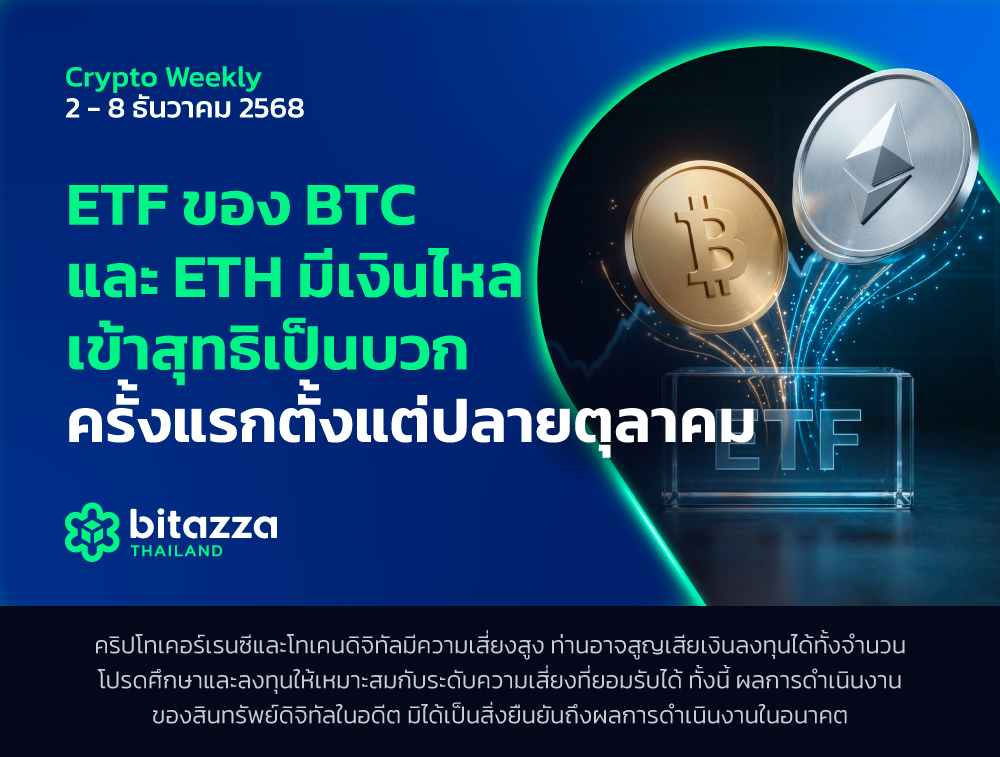
ETF ของ BTC และ ETH มีเงินไหลเข้าสุทธิเป็นบวกครั้งแรกตั้งแต่ปลายตุลาคม
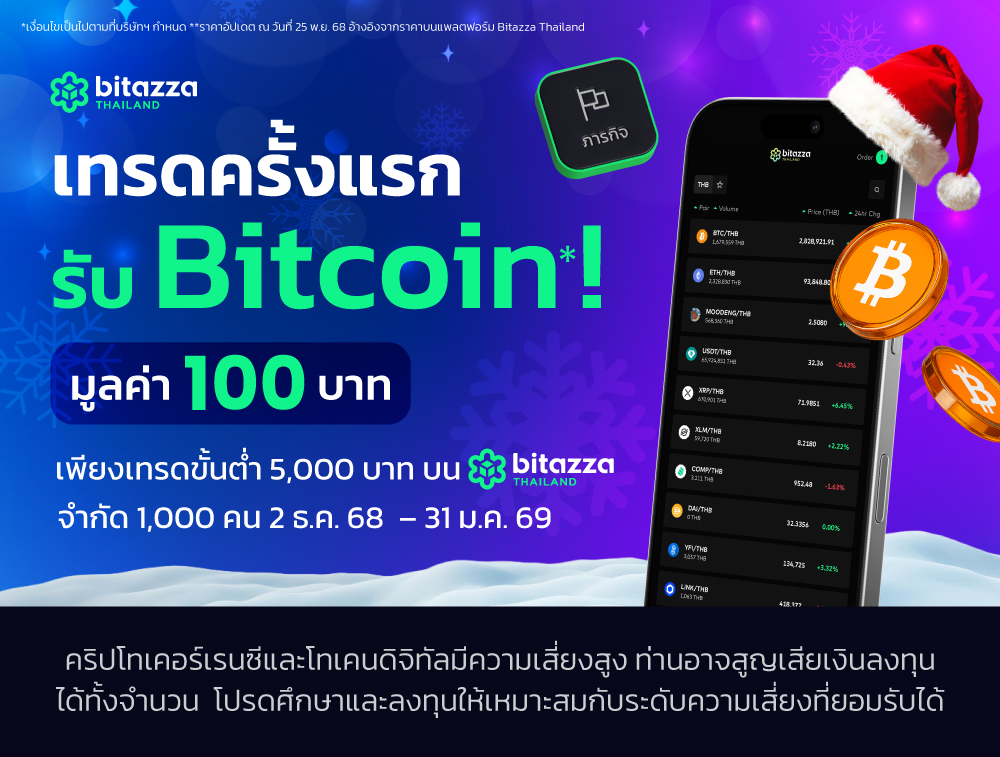
เทรดครั้งแรก รับ Bitcoin มูลค่า 100 บาท*
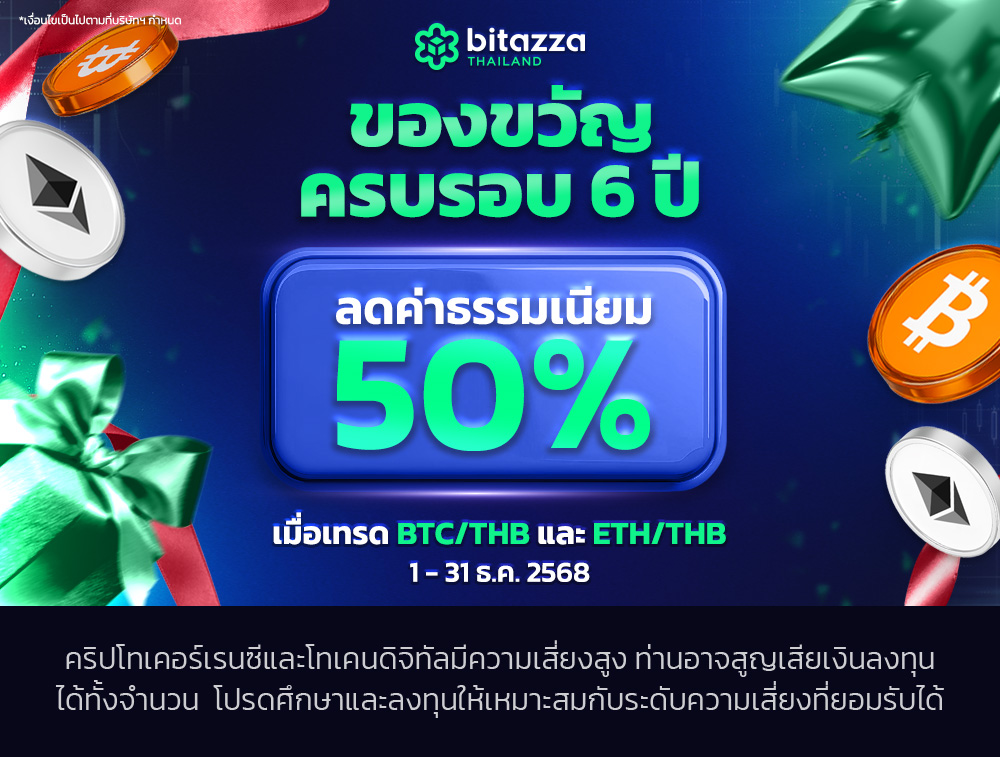
เทรด BTC/THB และ ETH/THB ลดค่าธรรมเนียม 50%
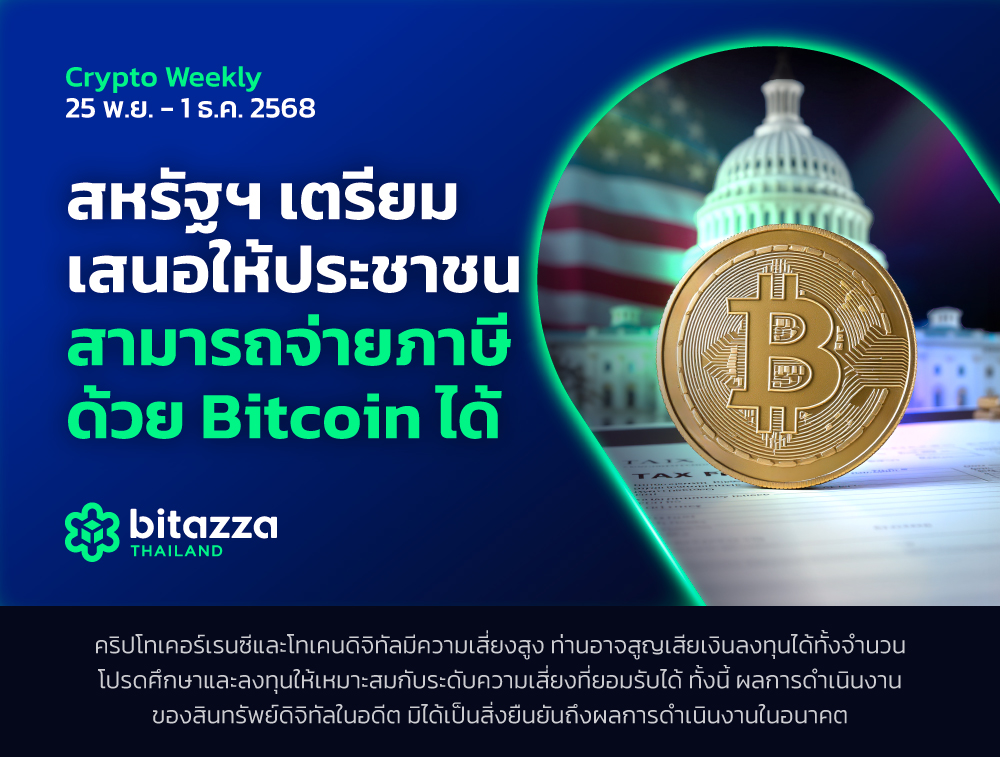
สหรัฐฯ เตรียมเสนอให้ประชาชนสามารถจ่ายภาษีด้วย Bitcoin ได้
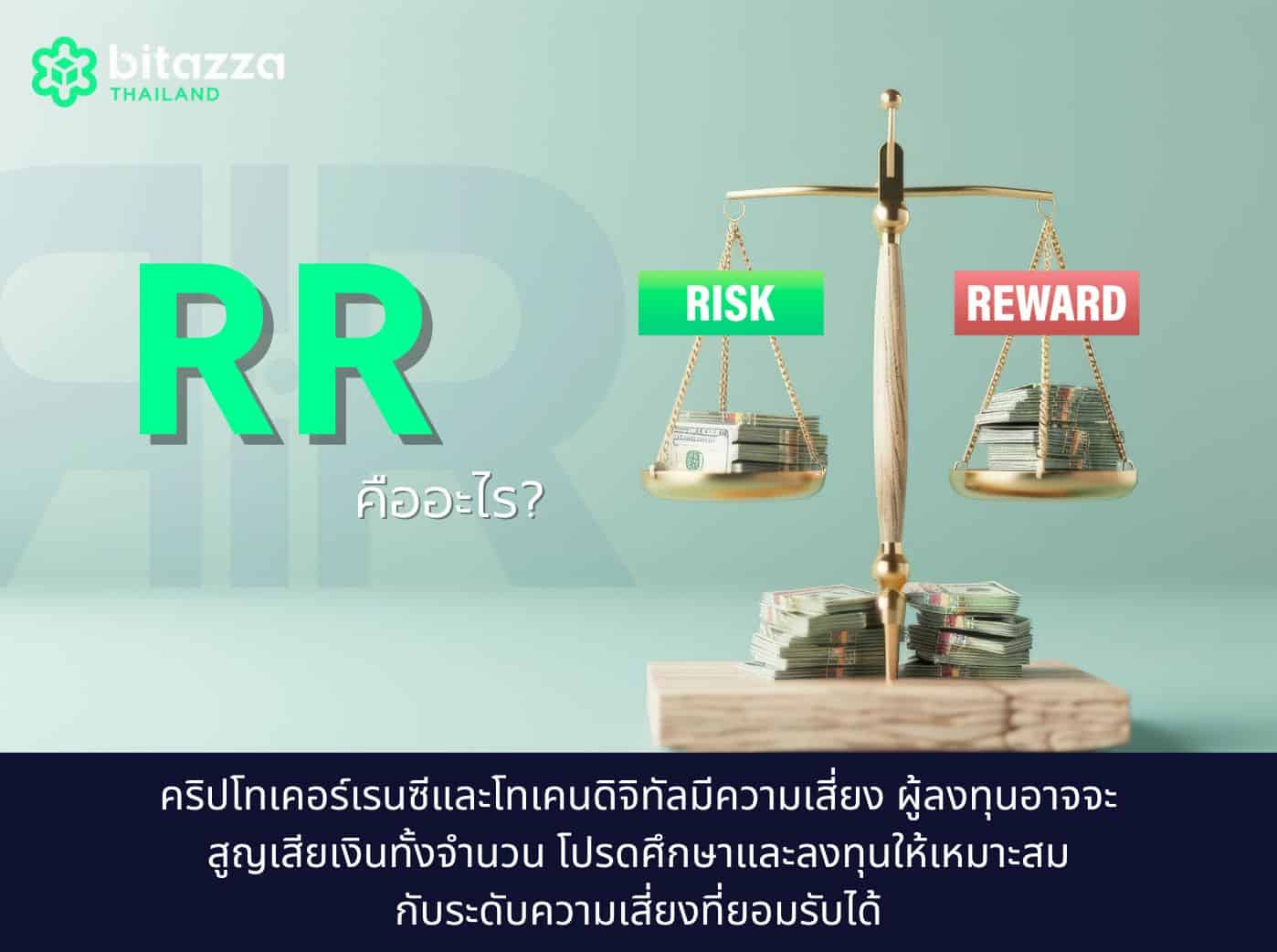
รู้จัก RR: วิธีเช็คความเสี่ยงและกำไรก่อนลงทุน
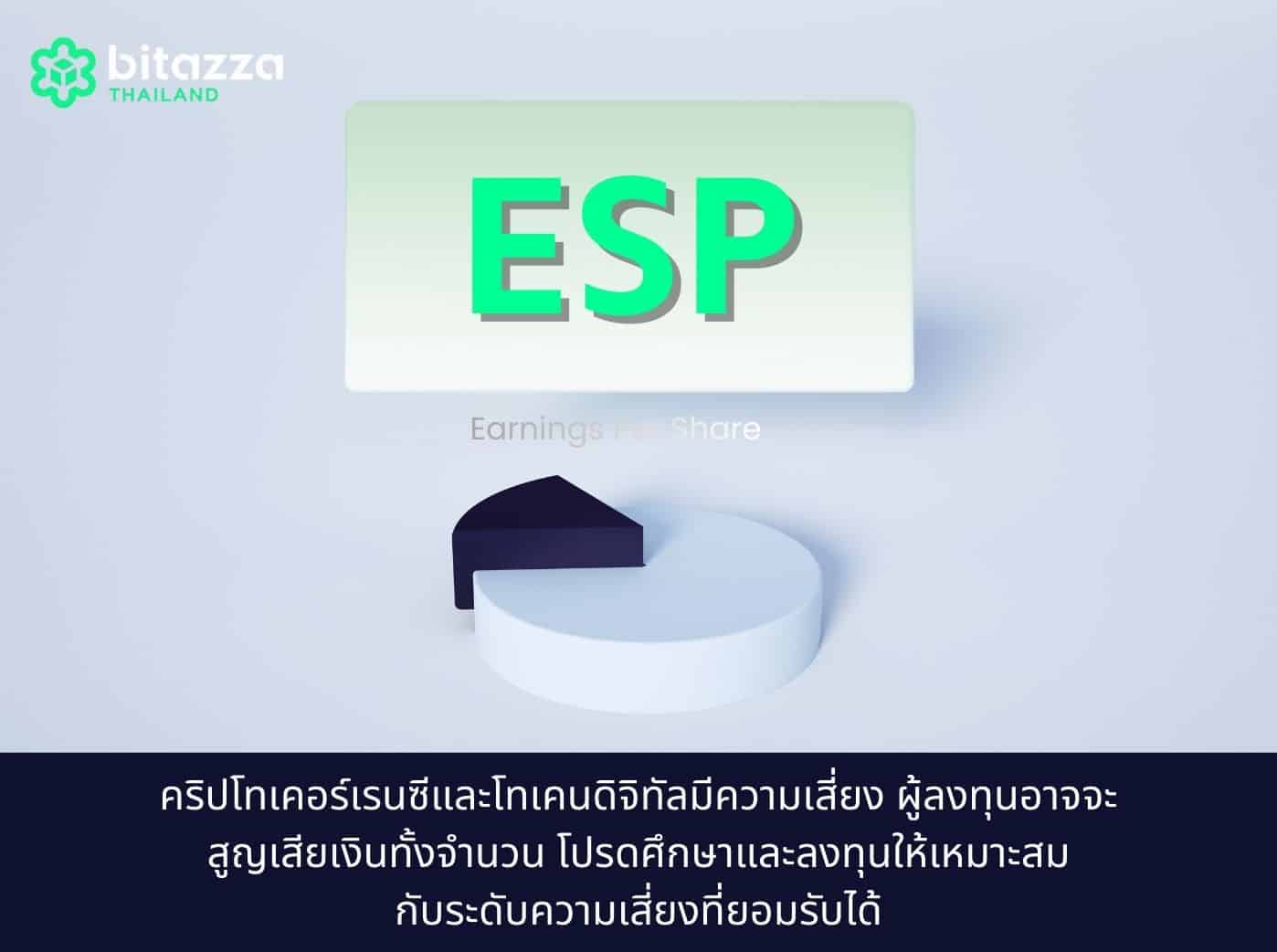
EPS คืออะไร? ตัวชี้วัดกำไรต่อหุ้นที่นักลงทุนต้องรู้ (พร้อมตัวอย่างคำนวณ)

NVDR คืออะไร? ทำความเข้าใจใบสำคัญแสดงสิทธิในการฝากหลักทรัพย์สำหรับนักลงทุนต่างชาติ
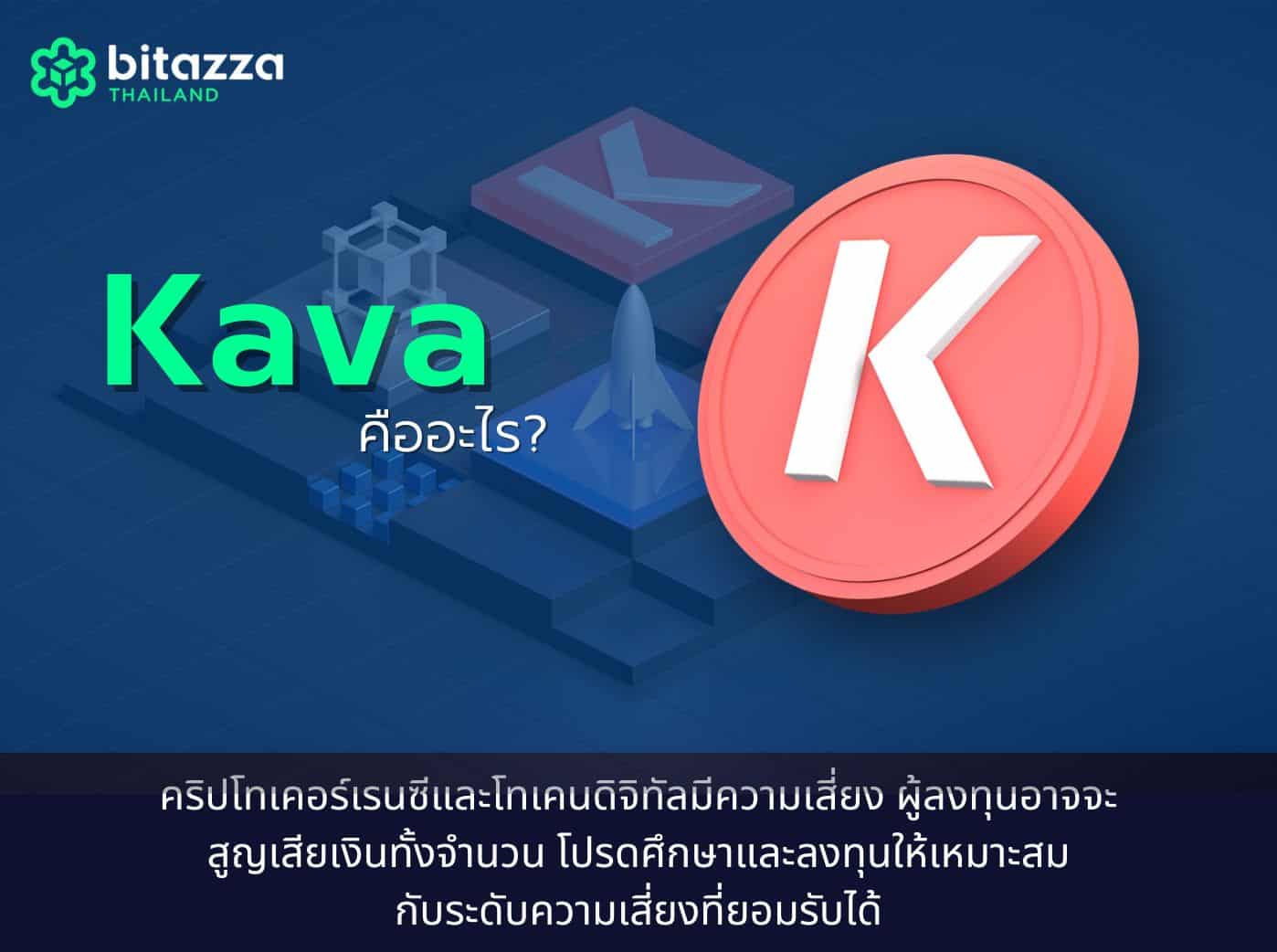
Kava Coin คืออะไร? ทำไมถูกพูดถึงในโลก DeFi วิเคราะห์แนวโน้ม 2025-2026
